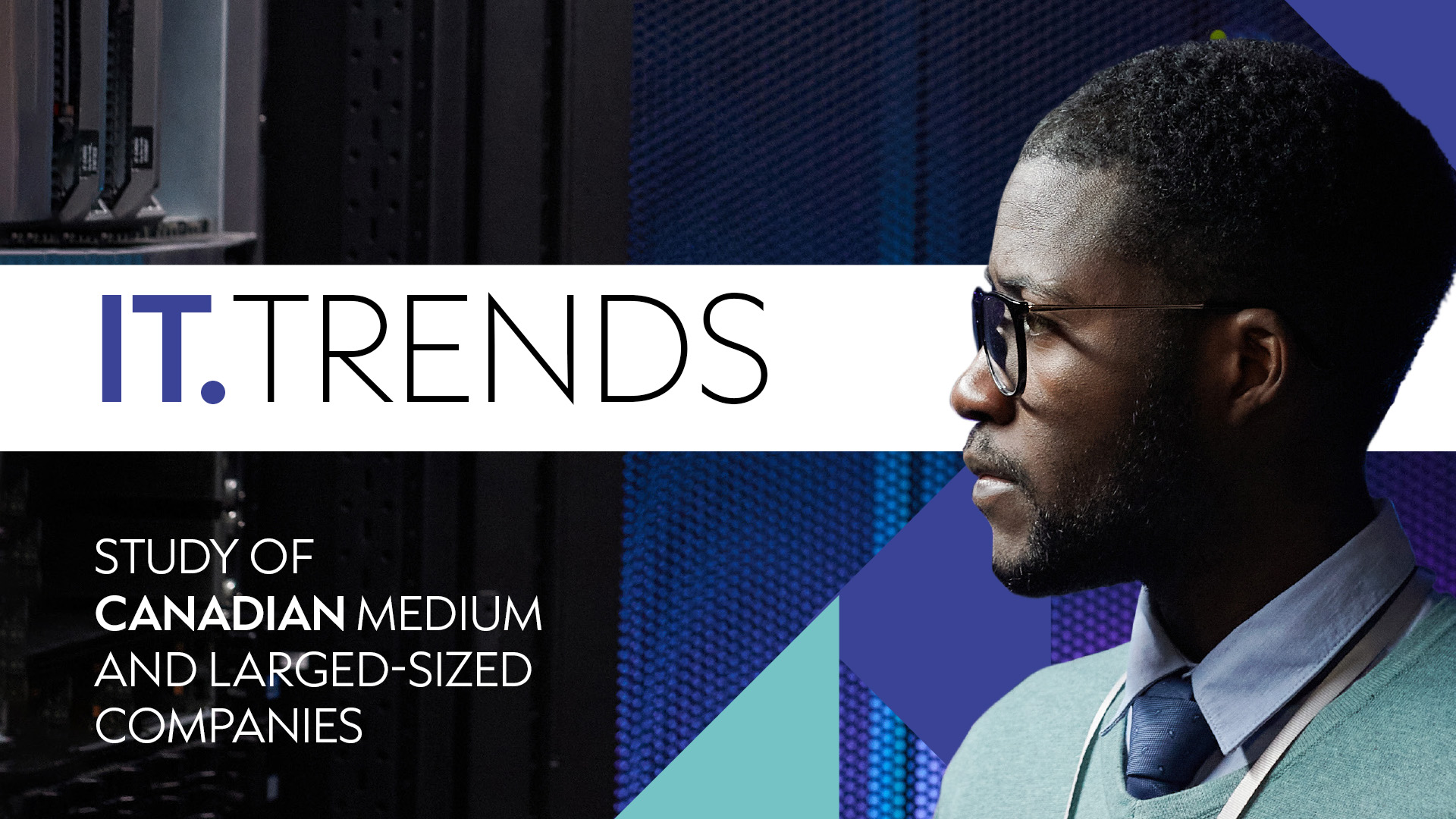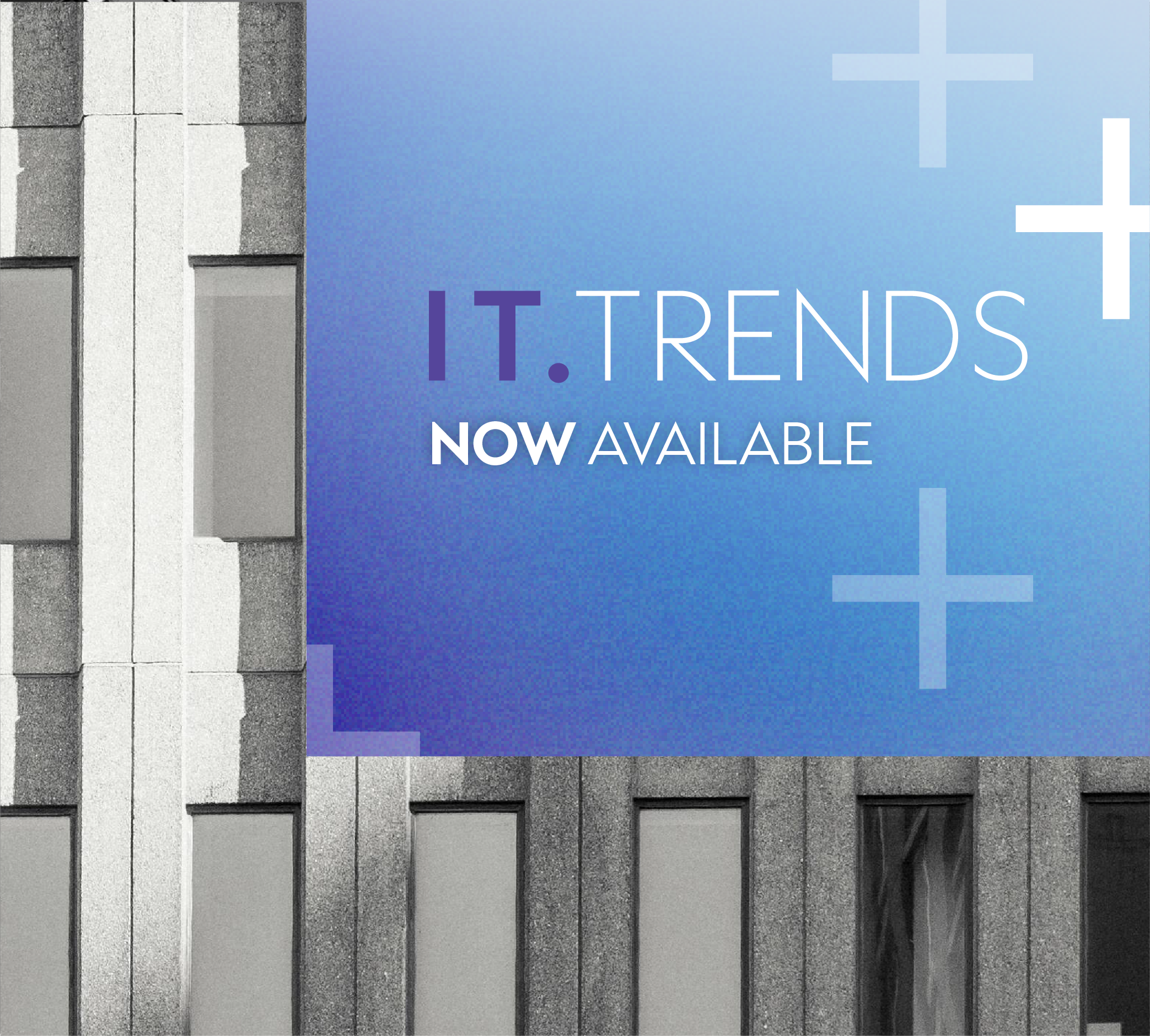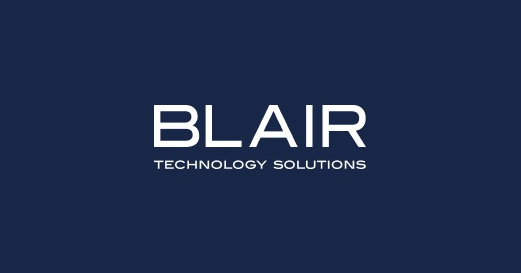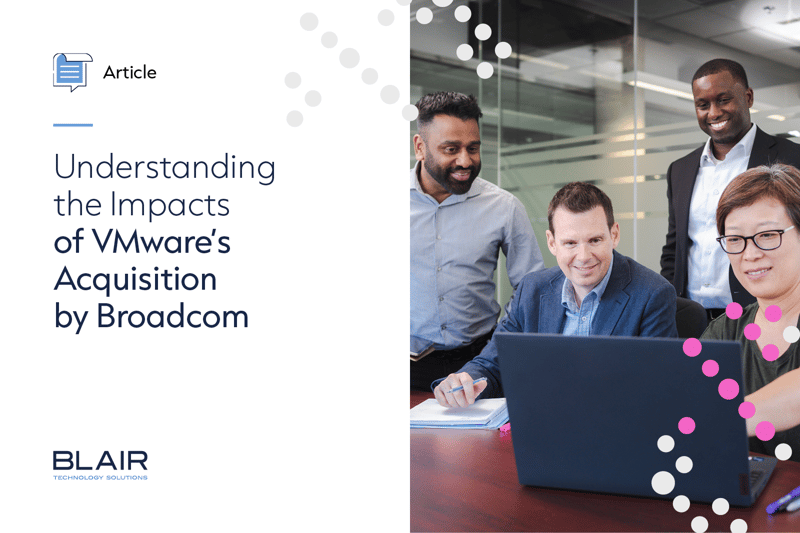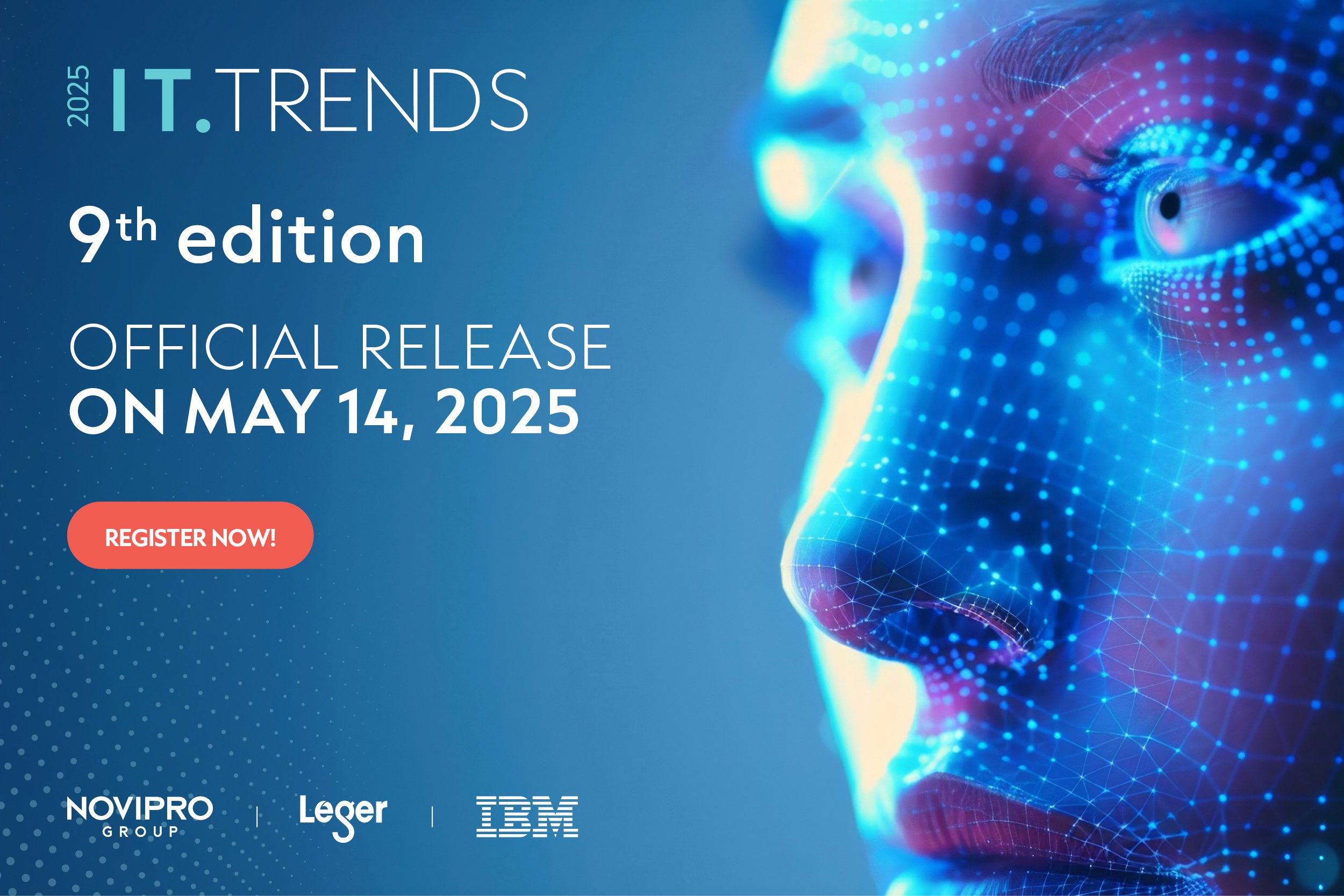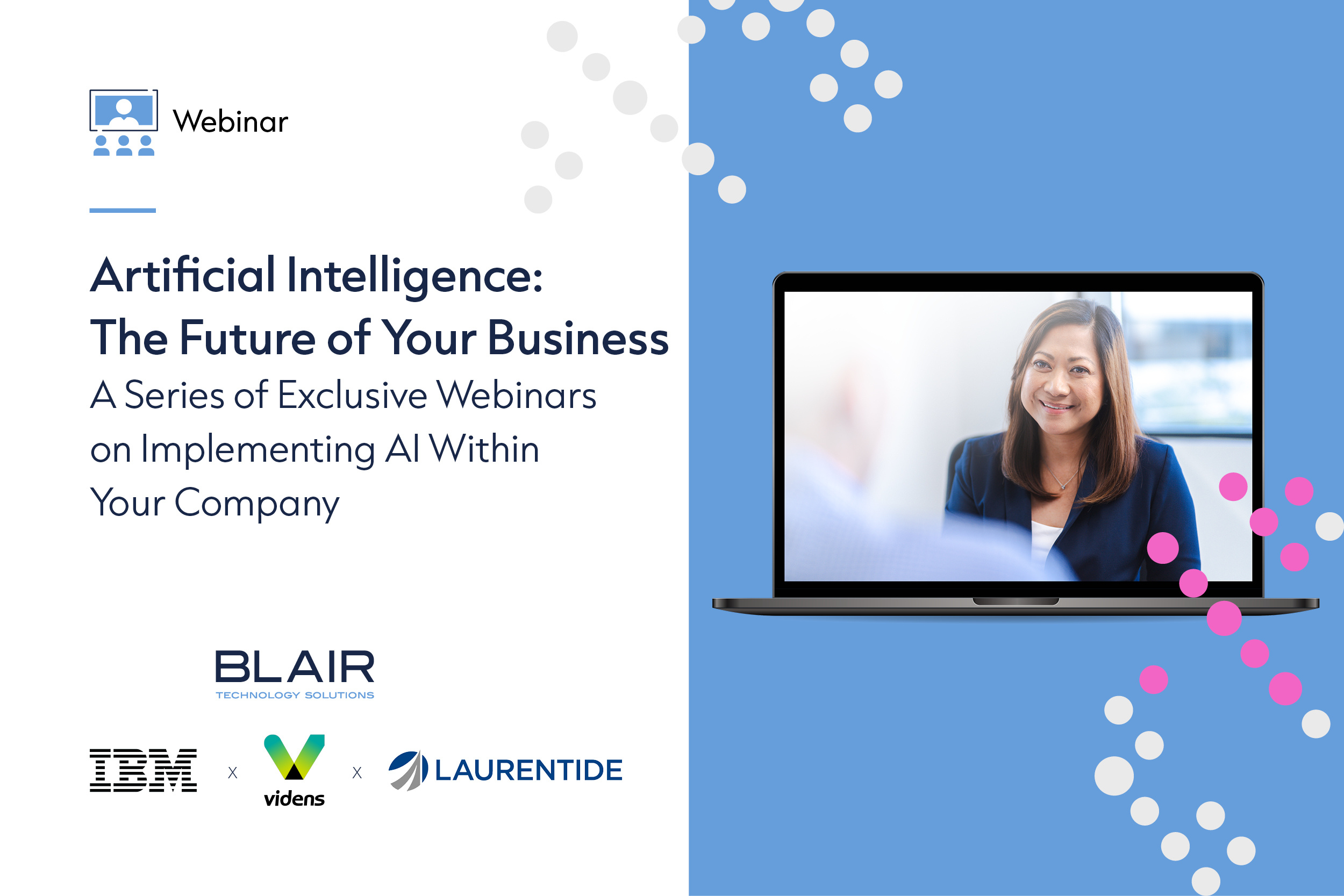A Major Upheaval
This acquisition has had far-reaching consequences, and raised many questions. Indeed, VMware is a major player in the technology industry. Since 1998, the company has become a pillar of the software industry, specializing in virtualization products.
During a corporate acquisition, numerous changes can occur, as has been the case with VMware. We have observed several of these changes that may have significant implications for their users.
What are These Major Changes?
The new licensing model is a significant reform:
- Previously: perpetual licenses were utilized, resembling a CAPEX1 model, defined by the number of physical Central Processing Units (CPUs) in the machine.
- Currently: licenses operate under an OPEX2 model, structured on subscription basis and defined by the number of cores per CPU, with a minimum of 16 cores.
An important change to note is that licenses are now sold as a package, whereas previously they could be purchased individually (with vSphere being the only exception at present). This change presents a significant issue: customers who do not use all the features may end up paying for features they don't need.
The result of all these changes is a substantial increase in costs for our customers!
However, it's important to emphasize that not all customers will be affected in the same way. For instance, customers who make use of almost all the features of a VMware product bundle will not be as impacted as those who do not use all the products in the bundle. For the latter, the price increase could be as high as 600%.
Another important point to highlight, as mentioned earlier, is that the current model is based on the number of cores per CPU with a minimum of 16 cores. Therefore, clients who are utilizing only 12 cores per CPU in their servers will also be paying for cores that they are not using.
Which Options are Best for you?
These major changes raise many concerns.
However, our experts are exploring several options to address the situation:
- Continuing with VMware, considering its established market reputation. To maximize this choice, we recommend clients utilize the new features included in the product suite
- Transitioning to public cloud should be considered. There are numerous challenges associated with this option: costs, complexity, security, etc
- Migrating to another open-source hypervisor type:
- OpenShift by Red Hat supports running virtual machines and allows clients to continue using their existing storage system, potentially leading to significant cost savings
- AHV by Nutanix is included in the Nutanix Cloud Platform solution, eliminating additional costs for the client. It is also easily compatible with VMware in the market
- Proxmox VE enables efficient management of CPU, memory, and storage resources, offering maximum flexibility and energy savings
Customers have the choice to either remain in or depart from their current VMware environment, based on how these changes affect their strategic needs.
How Can Blair Help you?
If you decide to change your hypervisor, regardless of the supplier you have chosen, our experts will be there to support you throughout the transition. Blair's approach consists of several essential steps:
Identification:
- Understand specific customer needs, including cost, security, compliance and performance requirements
- Identify the gaps and limitations of the current VMware infrastructure in terms of these requirements (costs) for the most critical and/or costly applications
Analysis
- Inventory VMware resources:
- Tools
- Servers
- Storage
- Networks
- Hosted applications
- Assess performance, costs and constraints of current environment
Generation
- Generate as many potential solutions as possible
- Examine solutions used in similar situations to inspire new ideas
- Compare alternatives based on their ability to meet identified features and requirements, cost considerations, ease of migration, compatibility with existing infrastructure, and available skills
Evaluation
- Evaluate the options: advantages and disadvantages of each possible solution, including costs
- Select the best solution: the solution that appears most effective and feasible
Test
- Implement test environments
- Present alternative solutions for targeted applications
- Test selected solutions in a controlled environment to assess their effectiveness
- Collect test data to evaluate performance of tested solutions
Plan - Migration scheduling and training
- Develop a detailed migration plan including timeline, required resources, transition steps, and post-migration support
- Establish testing and validation phases for each critical stage of the migration
- Train, support, and transfer knowledge to various resources involved
Execution
- Migrate non-critical systems and applications to lower risks
- Use appropriate migration tools to automate the process and reduce downtime, depending on the applications to be migrated, minimizing the risk of error
Optimization & Support
- Conduct comprehensive testing to ensure everything functions as expected in the new environment
- Optimize configurations to enhance performance
- Provide support to assist in resolving any issues that may arise post-migration
In conclusion
The acquisition of VMware was a significant turning point in our industry and has caused considerable uncertainty among our users. The shift in the licensing model represents a new strategic direction for the company, which may lead users to reconsider their options: whether to stick with VMware or switch to another provider.
It's not an easy decision to make, and you need to ask yourself the right questions. That's why Blair's experts are here to help and support you in your decision-making process.
1The CAPEX model represents capital investment for a company that acquires software as a long-term asset, and therefore the company can capitalize and amortize its cost over the long term. In addition, their impact is on long-term cash flow.
2The OPEX model represents operating expenses, meaning that a company pays a certain amount on a recurring basis (monthly or annually). Apart from the fiscal year in which the model is incurred, these recurring expenses affect annual operatingl results.
3Central Processing Unit (CPU): A component of a computer system responsible for executing instructions and processing data within your system.
